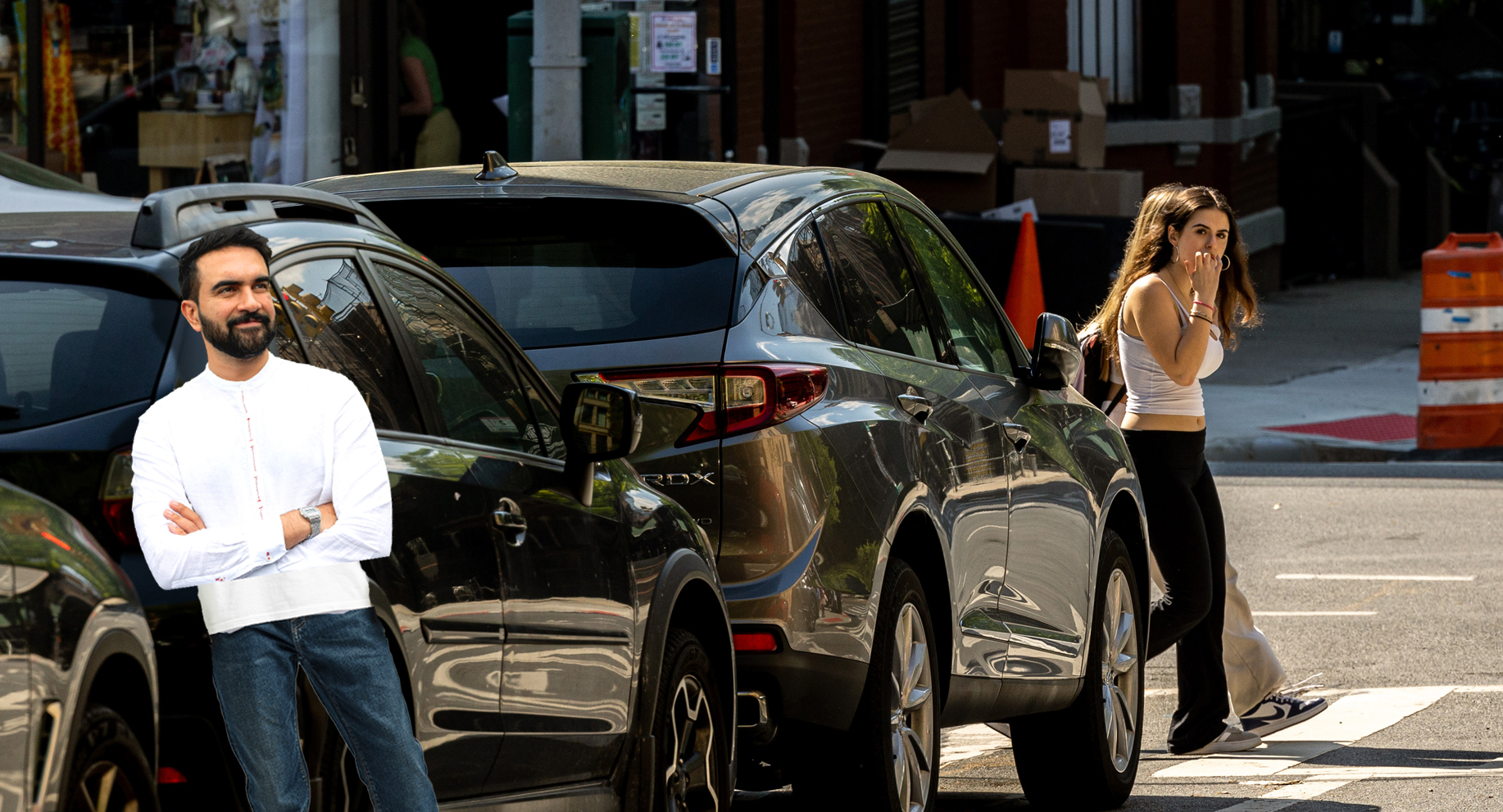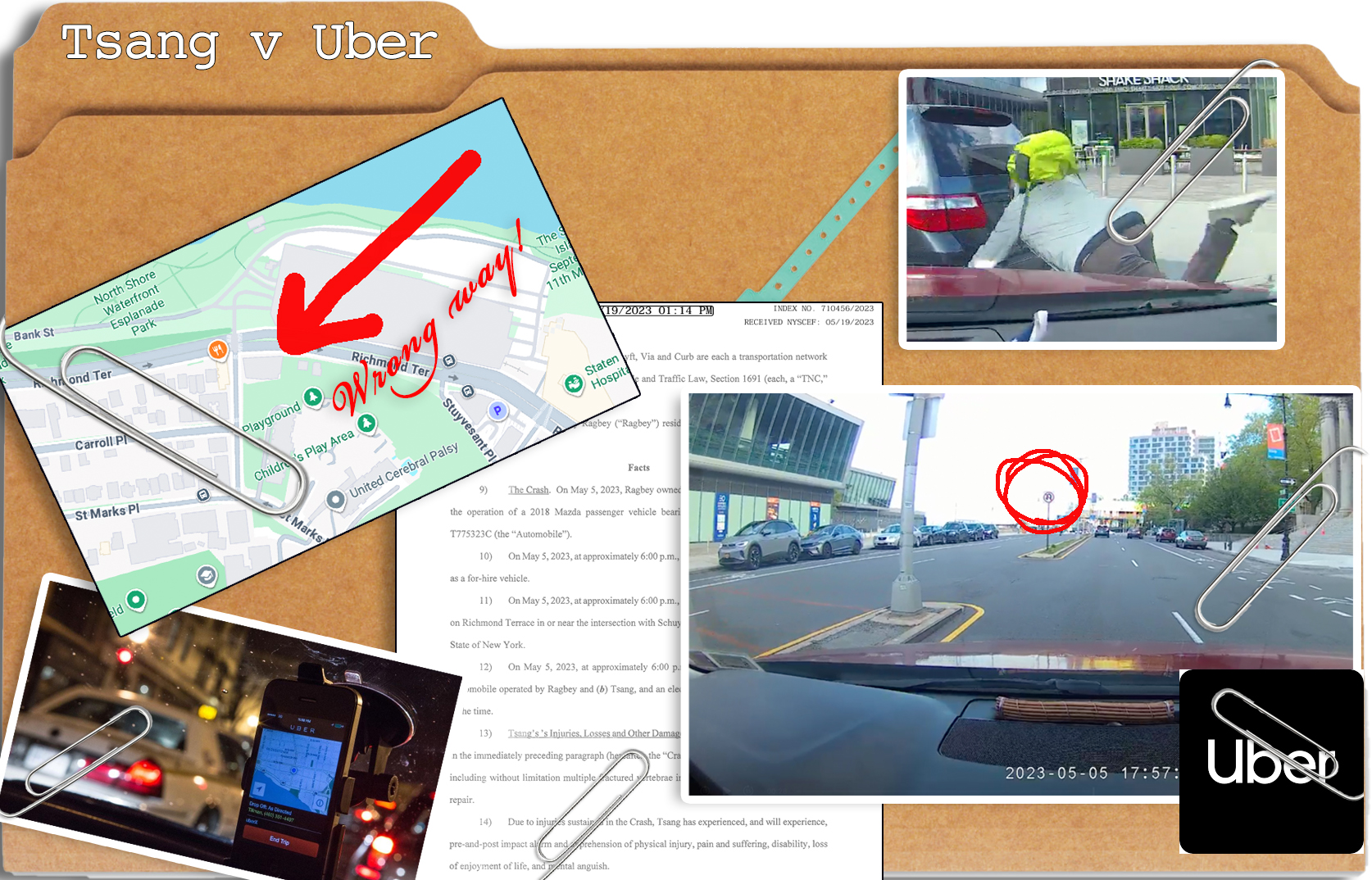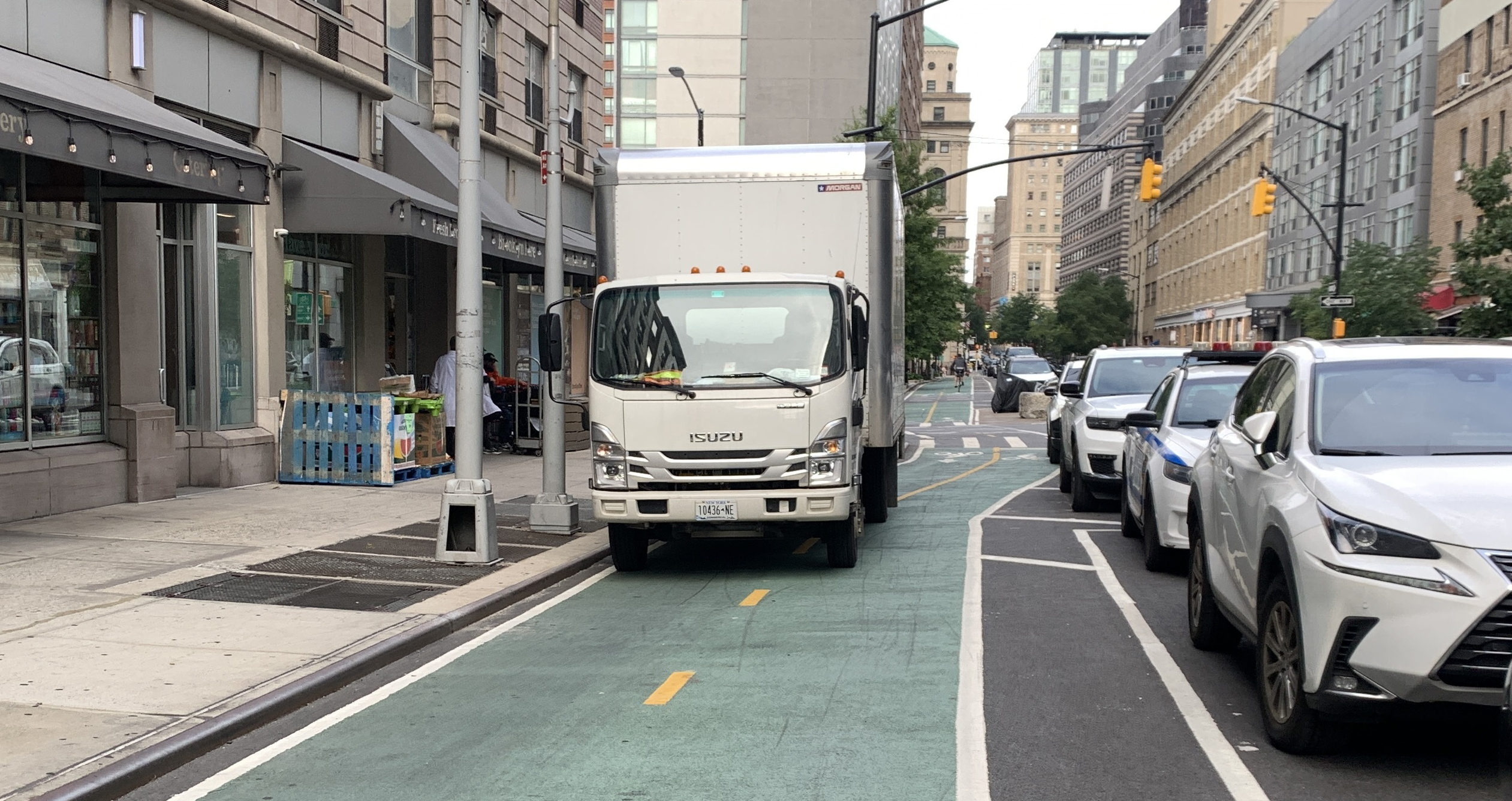There's a fairly obvious relationship between levels of physical activity and the layout of our streets and cities. Still, solid research on the link between childhood obesity and neighborhood design is scarcer than you might think.
A new study from the Seattle Children's Research Institute, published in the American Journal of Preventive Medicine, helps fill in the picture. Comparing neighborhoods in San Diego and Seattle, the study found wildly different rates of obesity among children based on "place-related" factors, namely walkability and access to healthy foods.
Network blog Walkonomics has this report:
They found that San Diego has a much bigger appetite for junk food than Seattle, with an average of two fast food restaurants on every block in San Diego County, almost twice that of Seattle.
The study also mapped children's neighborhood walkability and access to parks. When they compared the two spatial factors of access to nutritional food and walkability they found that these had the most important effect on obesity levels. Children who lived in walkable areas, with a child-friendly park nearby and access to healthy food had 59% lower odds of being obese. Kids that lived in car-dependent neighborhoods with more fast food outlets had the highest levels of obesity (16%, which is the US average). But only 8% of children were obese in walkable areas with access to more healthy food.
This new research highlights the importance of walkable locations as a key part of the fightback against obesity, as Dr Brian Saelens, the study leader, pointed out: “People think of childhood obesity and immediately think about an individual’s physical activity and nutrition behaviors, but they do not necessarily equate obesity with where people live. Everyone from parents to policymakers should pay more attention to zip codes because they could have a big impact on weight.”
Elsewhere on the Network today: Cap'n Transit explains how Paris tamed its widest boulevards. Cyclelicious outlines San Jose's strides toward bike friendliness. And WalkBikeLee explains how bridges that explicitly forbid or just simply discourage walking and biking severely limit the mobility of car-free people in the greater Fort Myers, Florida area.






